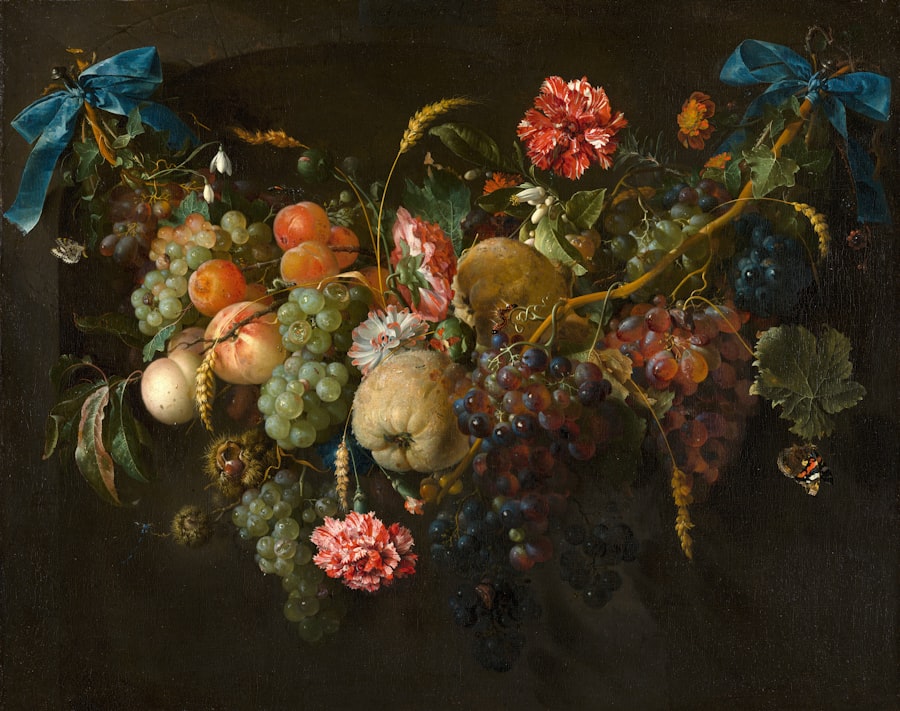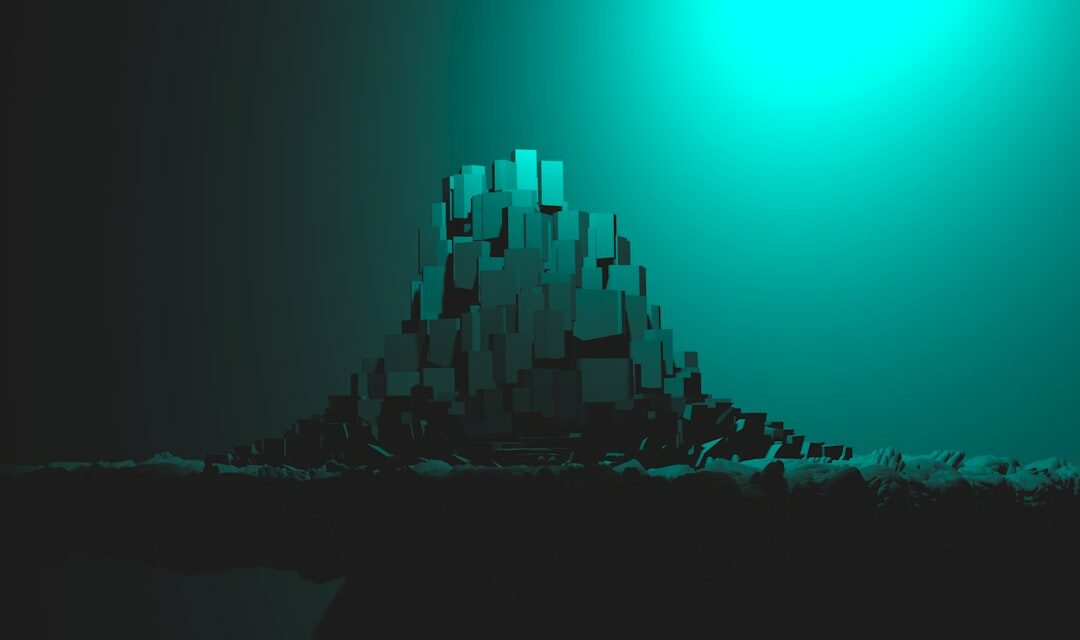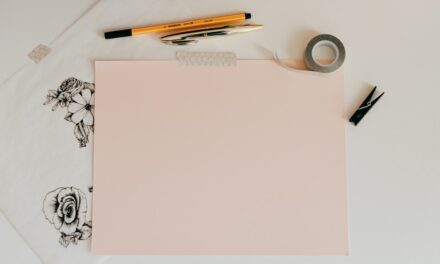Pholage, a term derived from the Latin word “folium,” meaning leaf, is an artistic technique that has its roots in the natural world. This method involves the intricate representation of foliage and plant life, often capturing the delicate interplay of light and shadow on leaves. The origins of pholage can be traced back to ancient civilisations, where artists sought to depict the beauty of nature in their works.
In ancient Egypt, for instance, artists meticulously painted scenes of lush landscapes adorned with palm fronds and lotus flowers, reflecting the significance of nature in their culture. These early representations laid the groundwork for the evolution of pholage as a distinct artistic technique. As time progressed, the Renaissance period marked a significant turning point in the development of pholage.
Artists such as Leonardo da Vinci and Albrecht Dürer began to explore the complexities of botanical forms, employing advanced techniques to render foliage with remarkable realism. Dürer’s engravings, particularly his studies of plants, showcased an acute attention to detail that would influence generations of artists. The fascination with nature during this era not only elevated the status of botanical art but also established pholage as a legitimate form of artistic expression.
This period saw a burgeoning interest in the natural sciences, which further propelled artists to study and depict plant life with precision and artistry.
Summary
- Pholage artistic technique originated in France in the early 20th century, combining collage and photography to create unique artworks.
- Understanding the principles of Pholage involves blending different visual elements to create a cohesive and visually appealing composition.
- Materials and tools required for Pholage include photographs, scissors, glue, and a surface to work on, such as canvas or paper.
- A step-by-step guide to creating a Pholage artwork involves selecting and arranging photographs, cutting and layering them, and adding other elements to enhance the composition.
- Exploring different styles and approaches to Pholage allows artists to experiment with techniques such as surrealism, abstract, and mixed media to create diverse and innovative artworks.
Understanding the Principles of Pholage
Understanding Leaf Anatomy
This involves studying the anatomy of leaves, including their veins, edges, and overall silhouette. By mastering these elements, artists can create more lifelike representations that resonate with viewers on a deeper level.
Manipulating Light and Shadow
The way light interacts with foliage can dramatically alter its appearance, creating depth and dimension within a piece. Artists often employ techniques such as chiaroscuro to enhance the three-dimensionality of leaves, using contrasting tones to suggest volume and texture.
The Role of Colour Theory
Additionally, understanding colour theory plays a vital role in pholage; artists must consider how different hues can evoke specific emotions or atmospheres. The interplay between warm and cool colours can suggest time of day or seasonal changes, adding layers of meaning to the artwork.
Materials and Tools Required for Pholage

Creating pholage artwork requires a selection of materials and tools that cater to the artist’s chosen medium. For those working with traditional methods, high-quality paper or canvas is essential. Watercolour paper, for instance, is often preferred for its ability to absorb moisture without warping, making it ideal for detailed washes and layering techniques.
Alternatively, artists may opt for textured papers that mimic the surface of leaves, adding an extra dimension to their work. In terms of tools, brushes are paramount in achieving the desired effects in pholage. A variety of brush sizes and shapes allows for versatility in application; fine-tipped brushes are excellent for detailing veins and edges, while broader brushes can be used for washes and background elements.
For those who prefer working with pencils or inks, a range of graphite pencils or fine-liner pens can facilitate precision in rendering intricate details. Additionally, many artists incorporate mixed media into their pholage works, using materials such as pastels or acrylics to enhance colour vibrancy and texture.
Step-by-Step Guide to Creating a Pholage Artwork
To embark on a pholage artwork, one must first select a subject that inspires them—this could be a single leaf or an entire botanical scene. Once the subject is chosen, the artist should begin by sketching a rough outline on their chosen surface. This initial sketch serves as a foundation upon which details will be built.
It is advisable to focus on capturing the overall shape and proportions before delving into finer details. After establishing the basic outline, artists can begin layering colour. If working with watercolours, starting with lighter washes allows for gradual building up of tones.
Artists should consider the direction of light when applying colour; areas that receive more light should be painted with lighter hues, while shaded areas can be deepened with darker tones. As layers are added, it is crucial to allow each layer to dry before proceeding to avoid muddiness in colour application. Once satisfied with the colour depth and detail, artists can finish their work by adding highlights and final touches that bring the foliage to life.
Exploring Different Styles and Approaches to Pholage
Pholage is not confined to a single style; rather, it encompasses a diverse range of approaches that reflect individual artistic voices. Realism is one prominent style within pholage, where artists strive for meticulous accuracy in their depictions of leaves and plants. This approach often involves extensive observation and study of botanical specimens to capture their essence authentically.
Artists like Georgia O’Keeffe exemplified this style by magnifying flowers and leaves to reveal intricate details that might otherwise go unnoticed. Conversely, some artists adopt a more abstract approach to pholage, using foliage as a means to explore concepts beyond mere representation. Abstract pholage may involve exaggerated forms or unconventional colour palettes that evoke emotions rather than depict reality accurately.
This style allows for greater creative freedom and encourages viewers to engage with the artwork on an emotional level. Artists such as Henri Matisse have employed this technique, using bold colours and simplified shapes to convey the essence of nature without adhering strictly to realism.
Tips and Tricks for Mastering Pholage

Mastering pholage requires practice and patience; however, several tips can aid artists in honing their skills more effectively. One essential tip is to study real leaves closely—observing their shapes, textures, and colours in natural light can provide invaluable insights into their characteristics. Artists may find it beneficial to create a collection of leaf samples or photographs that they can reference during their creative process.
Another useful technique is to experiment with different mediums and styles. Each medium offers unique possibilities; for instance, watercolours allow for fluidity and transparency, while acrylics provide vibrancy and opacity. By exploring various materials, artists can discover which best suits their vision for pholage artwork.
Additionally, incorporating mixed media elements can add depth and interest to compositions—collaging real leaves or using textured papers can create tactile experiences that enhance visual appeal.
The Impact and Influence of Pholage in the Art World
Pholage has made significant contributions to the art world throughout history, influencing various movements and styles along the way. The detailed study of plants has not only enriched botanical art but has also intersected with other genres such as landscape painting and still life. The meticulous attention to detail found in pholage has inspired artists across disciplines to incorporate natural elements into their work, fostering a deeper appreciation for the environment.
Moreover, contemporary artists continue to draw inspiration from pholage as they address themes related to nature and sustainability. The rise of eco-artists who utilise organic materials or focus on environmental issues reflects a growing awareness of humanity’s relationship with nature. By incorporating pholage techniques into their work, these artists highlight the beauty of plant life while simultaneously advocating for its preservation.
This intersection between art and environmentalism underscores the enduring relevance of pholage in contemporary discourse.
The Future of Pholage: Trends and Innovations
As we look towards the future of pholage, several trends and innovations are emerging within this artistic realm. One notable trend is the increasing integration of technology into traditional practices. Digital art tools now allow artists to experiment with pholage techniques in virtual spaces, enabling them to manipulate colours and forms with unprecedented ease.
This fusion of technology and traditional methods opens up new avenues for creativity while preserving the essence of pholage. Additionally, there is a growing movement towards sustainability within art practices. Artists are increasingly seeking eco-friendly materials and methods that minimise environmental impact while celebrating nature’s beauty through pholage.
This shift not only reflects broader societal concerns about climate change but also encourages a more profound connection between art and ecology. As artists continue to innovate within this space, pholage will undoubtedly evolve, embracing new ideas while remaining rooted in its rich historical context. In conclusion, pholage stands as a testament to humanity’s enduring fascination with nature’s beauty.
Its origins are steeped in history, while its principles guide artists in creating evocative representations of foliage. With an array of materials at their disposal and various styles to explore, artists are empowered to express their unique perspectives through this technique. As trends shift towards sustainability and technological integration, pholage will continue to thrive as an art form that resonates deeply with both creators and audiences alike.
If you’re intrigued by the innovative Pholage artistic technique, you might also find interest in exploring other unique art styles and their historical contexts. For instance, the Dada movement, which emerged in the early 20th century, is a fascinating study of avant-garde and abstract influences on modern art. To delve deeper into this movement and understand its impact on contemporary art practices, you can read more in a related article titled “An Introduction to Dada.” This piece provides a comprehensive overview of the movement’s origins, key figures, and artistic innovations. You can access the article here.




